Cooking
How To Fillet A Fish | Ways To Fillet Different Types Of Fish
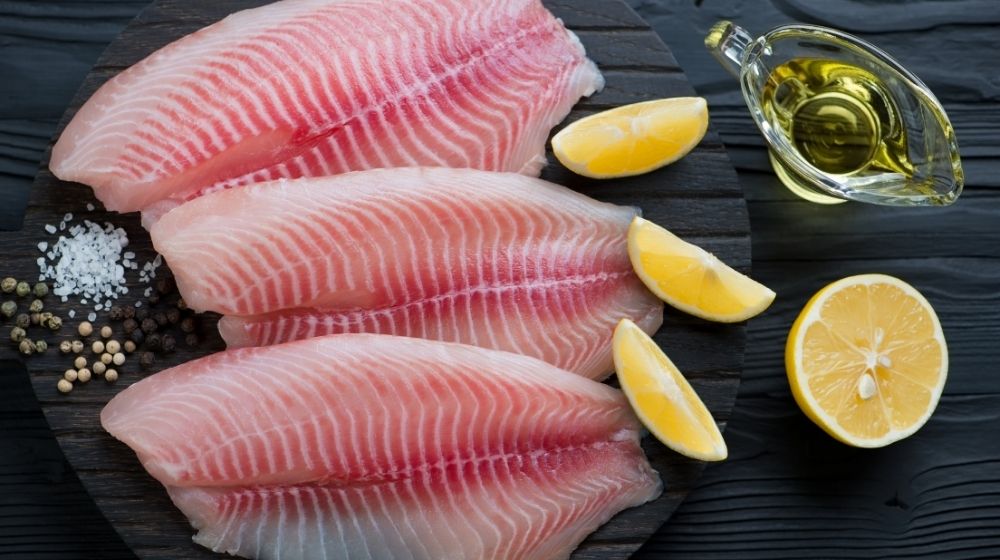
Learning how to fillet a fish is a skill that can come in handy for any prepper both indoors and outdoors. Different fish call for different techniques but other aspects of filleting are constant.
Here is a detailed roundup for several groups of fish.
RELATED: 6 Valuable Bass Fishing Tips For Beginners
Detailed Overview on How To Fillet A Fish
Click here to jump to the instructographic.
What You’ll Need
- Butcher knives
- A seven-inch curved fillet knife
- A five-inch curved fillet knife
- A pair of scissors
- A steel
- A scaler
- A pair of tweezers
Small Fish
1. Sardine

Sardine scales are edible, and the fish is served whole, hence no need for tools
Instructions:
- Grab the sardine by the gills and pinch its gills out
- With the gills free, grab the sardine from the collar and apply a some pressure to tear it off
- Hold the collar and the gills and use your finger to open up the belly slowly. This will take the guts out and cause the rib bones to start separating
- Use your fingers like a knife and run it down the fish
- Do the same for the other side before slipping the tail through and pulling them up and out
2. Porgy

Porgies are tasty as they are colourful, especially when they come out of the water.
Instructions:
- Grab your scaler and move diagonally against the grain of the scales from the tail to the head.
- Get underneath the collar with your knife and come out. Make the first cut at the head. Make sure to stay tight to the bones
- Crack through the pinwheels on the ribs, push down, and peel the filet back
3. Mackerel
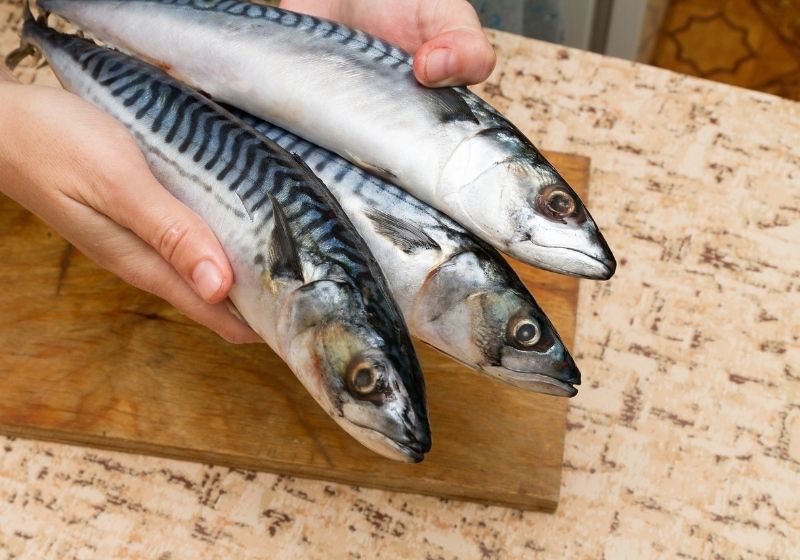
The mackerel is highly oily and rich in omega fatty acids. You can eat whole, regardless of whether you decide to pull its guts out or butterfly it.
Instructions:
- Open the gill plates and snip the tip. Work around the membrane to open it, being careful not to puncture too many organs
- Insert your scissors into the tip of the gills, pinch, twist, and pull up and out
- Clean the insides off using a paper towel.
- Next, starting from the tail and staying above the small fins, make the first cut shallow.
- Open the belly cavity by gently cracking through the rib cage to the other side.
- With one side free, flip the fish, and starting from the head crack through the bones ensuring you do not go through the skin.
- Using your scissors cut the middle of the tail to get through to the bones. Once in, pull it out and crack.
- Next, get up against the ribs and slowly wiggle your knife underneath. Try to pull them away from the flesh as you do this.
Medium Fish
4. Red Snapper
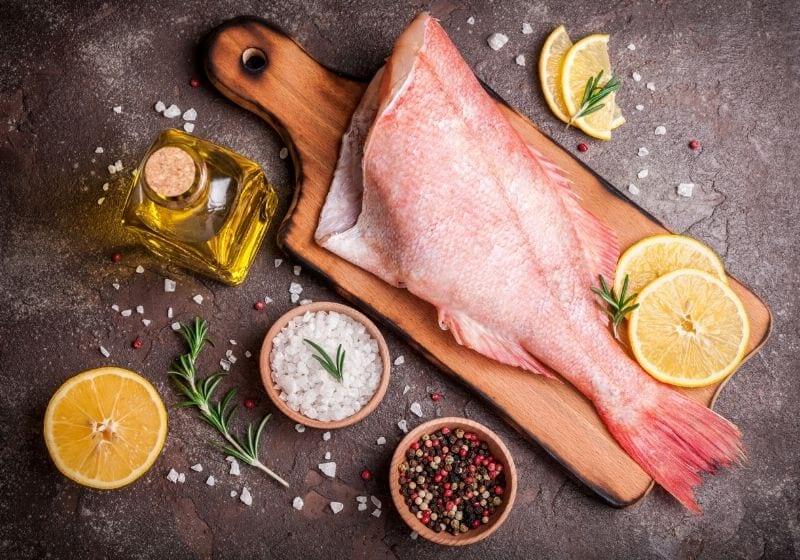
Red snapper feeds on crabs, shellfish and other sweet types of fish. It is common in the Gulf of Mexico and is great in tacos and Crudo.
Instructions:
- Firstly, use a scaler to remove the scales
- Next, cut behind the head and open up the collar
- Gently go along the back, being careful not to break up the flaky flesh
- When you come to the front, bend your knife at a sharp angle to get the meat off the first and second rib and move downwards as you’d typically do any other fish. Flip the fish and follow the step for the other side.
Tip: Keep your knife clean for a much easier process.
5. Branzino
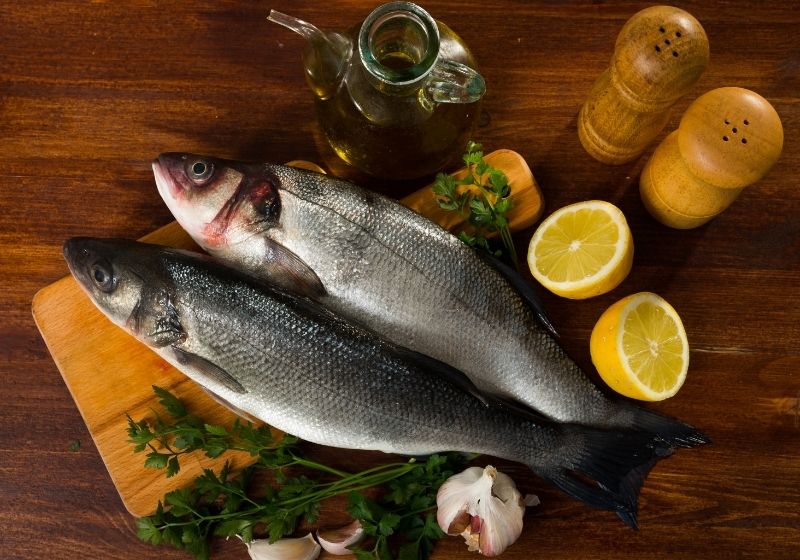
This farmed European sea bass can be eaten as fillets or whole and cooked in many ways.
Instructions:
- Remove the scales on both sides
- Next, separate the collar, make your cut from the head, and gently move downwards to open the spine.
- When you come to the ribs, put a little more pressure and crack through. Gently move over to the other side, being careful not to puncture the organs.
- Next, flip the fish and use the length of your blade to make the second cut from the tail upwards. It helps because the tail is now smaller and wobbles.
- Once at the top, exert more pressure to work your knife through the ribs. After the ribs are out of the way, put your knife in and work it down in one firm cut.
- Trim off the belly membranes, and you are done
6. Striped Bass
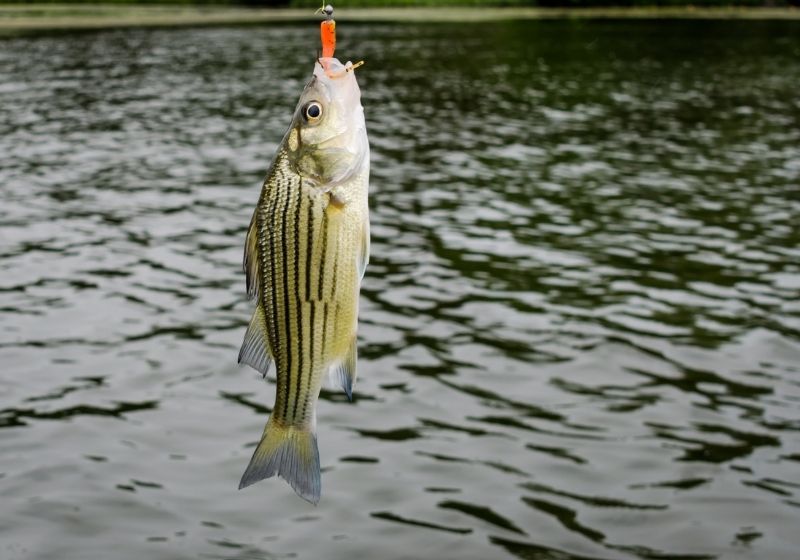
This method works for both farmed and wild striped bass.
Instructions:
- Start by scaling it. Do not forget the collars as they are also delicious
- Next, use scissors to make an incision between the gills and the neck
- Enter into the chest cavity with the scissors facing up towards the collar and the belly
- Crack it open with your hands. Next, pinch the gills with the tip of the scissors and then move up and then out.
- Pull the fin and make a sharp angle cut to free the collar and cut down along the spine. Angle up your knife to get through the pin bones and the belly.
- Flip the fish and do the same for the other side. If you get stuck, use the tip of your knife to scrape down the stuck area until the bones let up. Lastly, trim away any belly membrane
RELATED: Ice Fishing 101 | Everything You Need To Know
7. Sea Bass
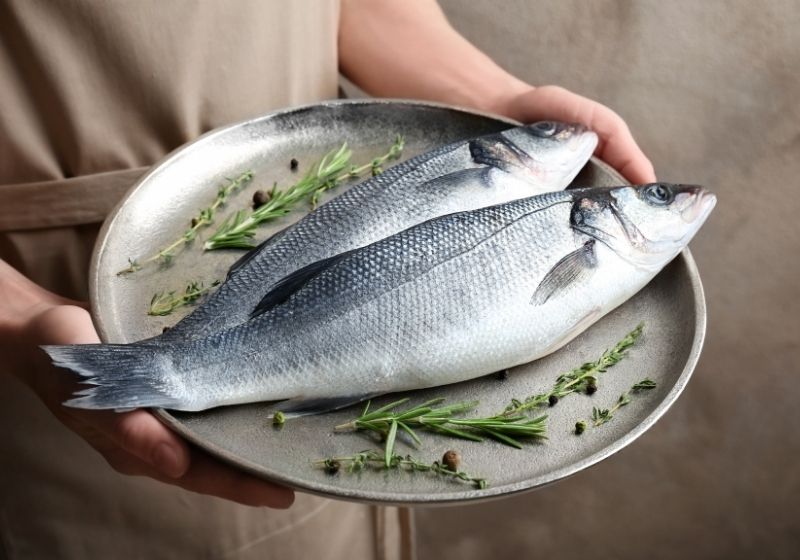
Black sea bass is readily available and versatile enough to be cooked in various ways.
Instructions:
- Take your scaler. You can put in a little pressure here but be careful not to puncture the skin
- Make a cut between at the neck using your scissors, insert and start cutting
- Use your thumbs to peel open and use the scissors to pull out the gut and other organs
- Cut behind its head and open the collar and make a shallow cut along the back
- Make another cut to better grip the fillet while applying more pressure when you get to the spine. You will encounter some pins here which you will better crack from the tail upwards
- Flip the sea bass and follow steps four and five to get the other fillet
8. Arctic Char
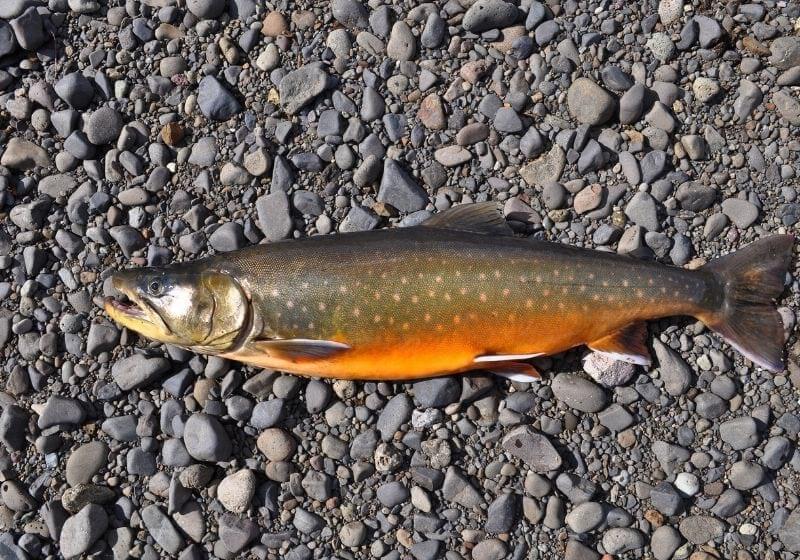
This salmonoid is mainly farmed and will offer you pretty much everything a salmon provides. It is, however, fattier.
Instructions:
- Cut the fish diagonally below the head. Holding the fin and placing one finger under the eye will give you enough leverage
- Gently make a small cut from the spin downwards
- Once the fillet is freed up all the way, flip the knife and run the tip upwards from the tail. Next, flip back the knife and finish off the cut.
- Trim the rib section on the fillet and repeat the procedure for the other fillet
Large Fish
9. Cat Fish
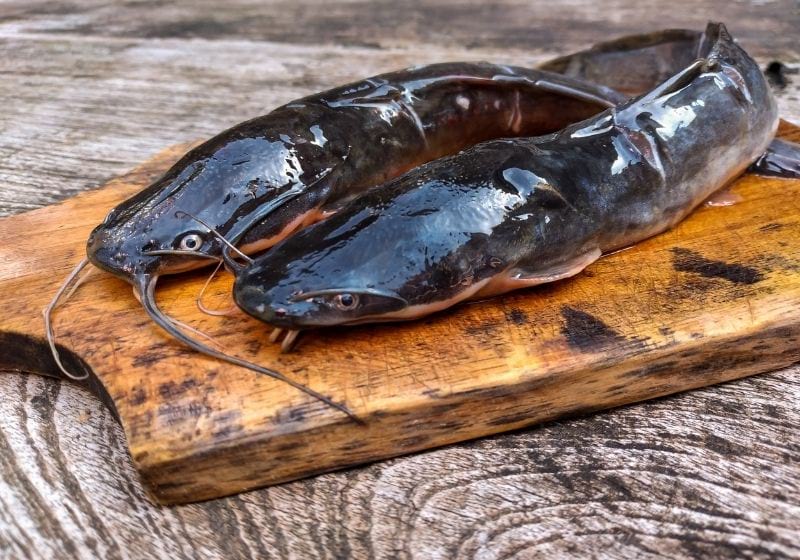
Catfish is an invasive species that eats pretty much everything. Consuming it, therefore, helps control its population, which is a good thing.
Instructions:
- Make the first cut at the back of the head
- Put your knife through the cut to feel the base of the spine so you can make another cut along it lengthwise
- Continue separating until you feel the rib cage focus on it and cut to the spine, and free it to access the other side
- Flip your knife and start working your way upwards. Linger around the ribs at a raised angle until you free the fillet at the top
- Flip back the knife and when you spot the ribs on the other half, make a sharp-angled cut to finish the fillet. The goal is to avoid cutting the cat fish’s gut as it can be smelly. Flip the fish and follow the steps to free the other fillet
- Use a slightly bigger knife to skin the catfish fillets. Make a small incision near the tail, leaving some meat at the end to hold on to
- Lay the knife as flat as you can and wiggle it through the fillet until separated. Or you can hold onto the kin and pull it as you hold your knife as stable as possible
10. Trout
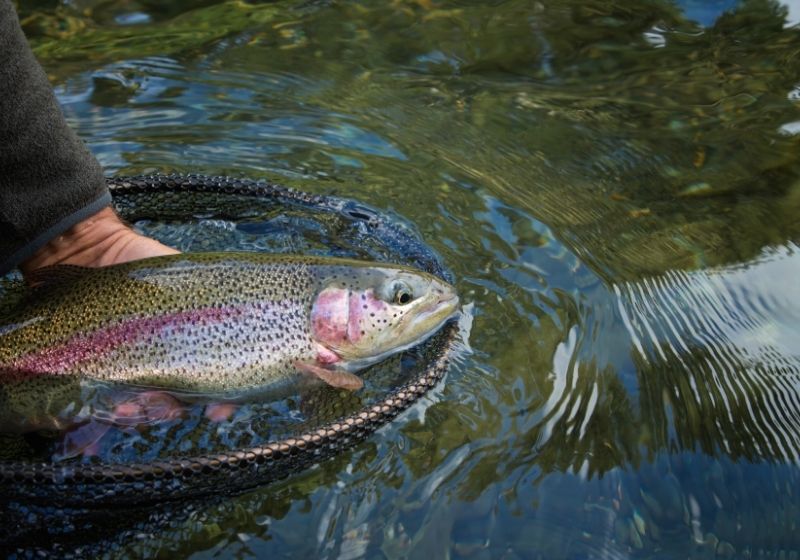
The steelhead trout is mainly farmed and is also rated green for its sustainability. Its flavor is closer to salmon and can be cooked as you would salmon.
Instructions:
- Firstly, use a scaler to remove the small and sticky scales and cut off the head
- Begin from the top of the spine and cut downwards. Try to remain on top of the fins
- Make gently cuts with your knife tip to free the meat from the rib cage
- Crack the bones and proceeds to the belly, where you can cut with firmer motions and finish filleting
- Flip the fish and repeat steps two through four to free the other fillet. Remember to trim the belly membrane
11. Tile Fish
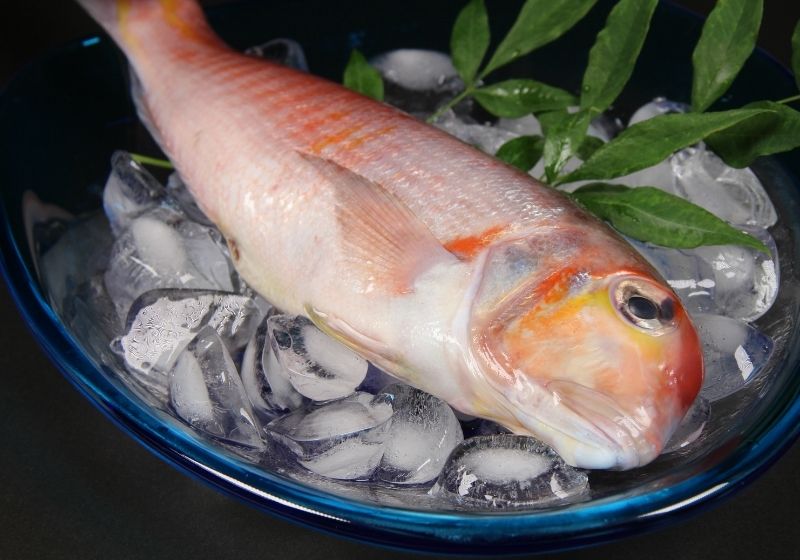
The deep-sea fish has slightly sweet meat thanks to the crabs and clams it preys on. The fun part is that you can skip scaling this fish.
Instructions:
- Cut from the collar to the back of the head and cut the collar bone free
- Make shallow cuts along the back to the tail
- Once done with the first half, flip your knife and start from the tail upwards to crack the pin bones
- On the other half, cut slowly along the belly as the rib cage folds in. Make a sharp cut over the first rib and follow it through to finish cutting the fillet. Do the same for the other fillet
12. Hiramasa
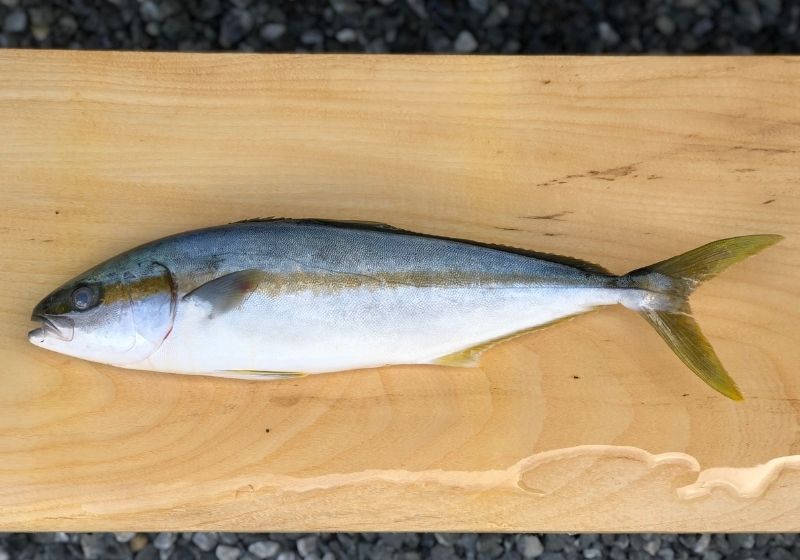
This firm and battery fish is a great choice when you want to enjoy some raw fish.
Instructions:
- Make a deep cut right under the gill plate
- Spin your knife when you get to the bones and make an extended cut
- Crack through the ribs to access the other half and cut off the fillet
- Flip the fish and repeat steps one through three for the other fillet
13. Pollock
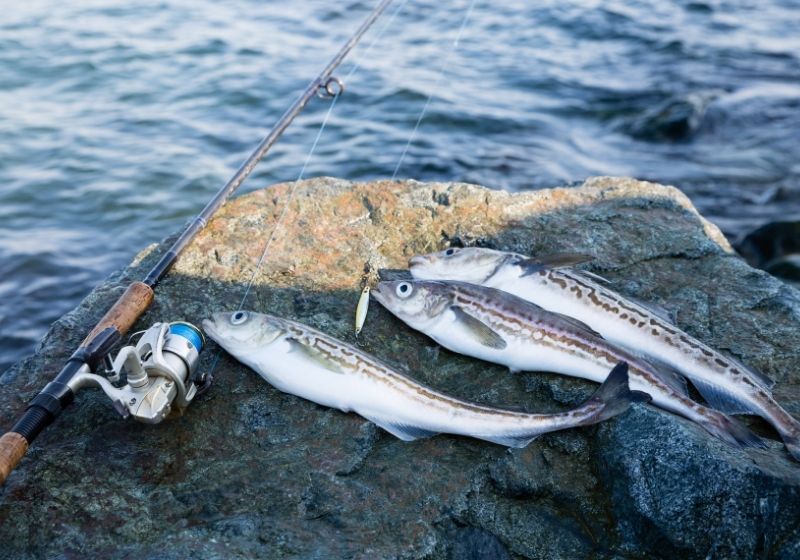
Cod is America’s favorite white fish, and pollock makes a great substitute.
Instructions:
- Make the first cut under the gill plate to the back of the head. This is easy as it has a natural outline for that.
- Use the bone cavity to guide your cut along the back
- Work your way through the ribs until you get to the other half and finish off the fillet and do the same for the other fillet.
- Next, make an incision to hold onto as you wiggle the knife along the skin. The skin is pretty tough, so you do not have to worry about puncturing it.
Here’s an instructographic guide. Don’t forget to download, save, or share this handy instructographic for reference:
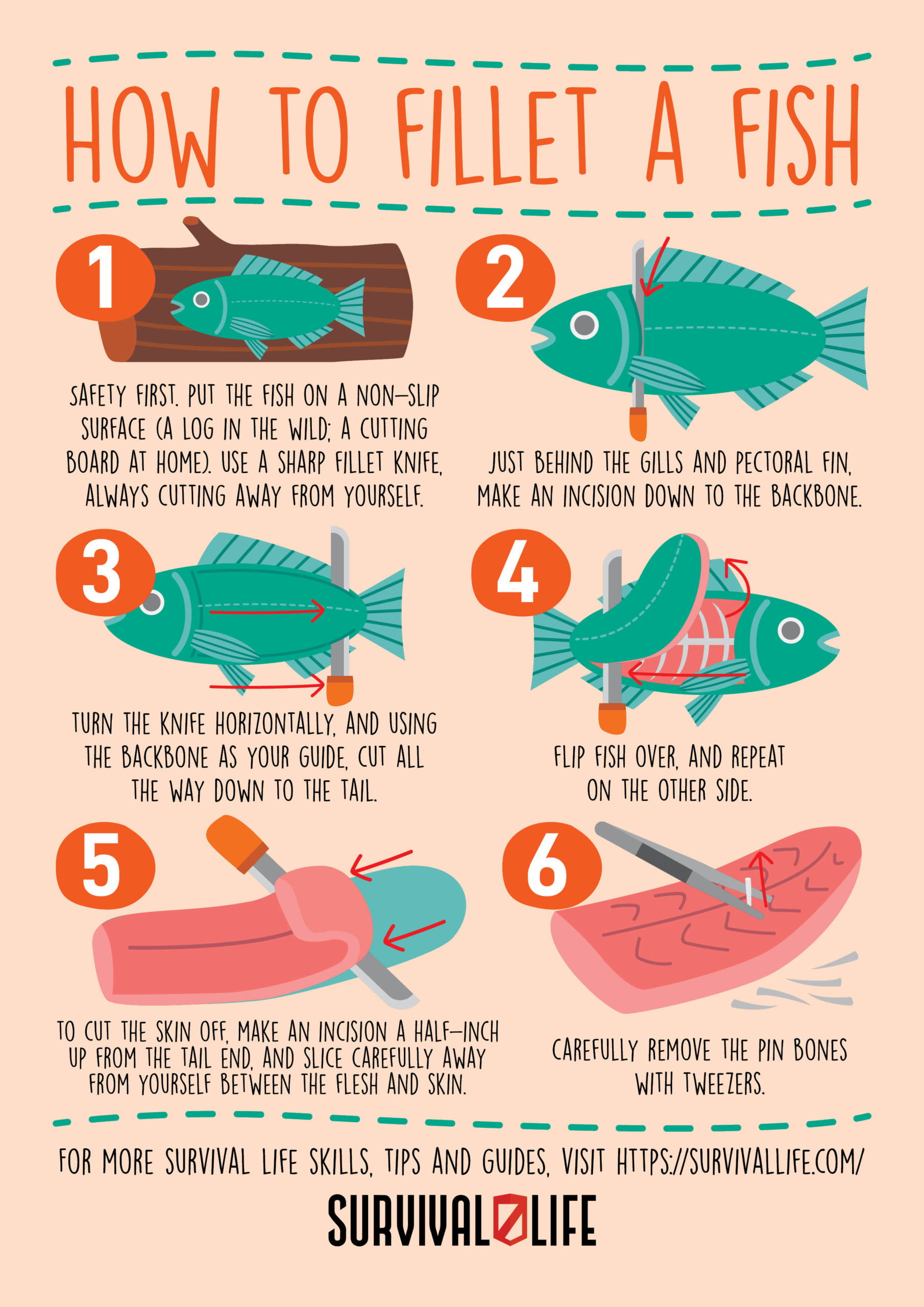
Watch this video by Epicurious on how to fillet every fish | method mastery :
There you have it, preppers. As you can see, filleting a fish doesn’t have to be an uphill task. With the right tools and proper knowledge of the fish in question, you can fillet pretty much any fish you come along with. Start with the easier and smaller fish and progress to larger ones.
In addition to filleting a fish, what other cooking skills do you think are necessary to learn? Let us know in the comment section below!
Up Next:
- 13 Ice Fishing Gear for Beginners
- Best Ice Fishing Tent | Top 7 Ice Fishing Shelters Reviewed
- How To Make A War Hammer
Calling all preppers, craftsmen, bushmasters, outdoorsmen, and all-around skilled people, Survival Life needs YOU! Click here if you want to write for us.
Don’t forget to stay connected with us on Facebook, Twitter, Pinterest, and Instagram!
-

 Do It Yourself7 months ago
Do It Yourself7 months agoParacord Projects | 36 Cool Paracord Ideas For Your Paracord Survival Projects
-

 Do It Yourself9 months ago
Do It Yourself9 months agoHow To Make Paracord Survival Bracelets | DIY Survival Prepping
-

 Do It Yourself9 months ago
Do It Yourself9 months ago21 Home Remedies For Toothache Pain Relief
-

 Do It Yourself10 months ago
Do It Yourself10 months agoSurvival DIY: How To Melt Aluminum Cans For Casting
-

 Exports8 months ago
Exports8 months agoAre Switchblades Legal? Knife Laws By State


carmen
May 13, 2021 at 12:35 PM
would also be great to learn how to butcher small and large game for novice hunters and shooters.